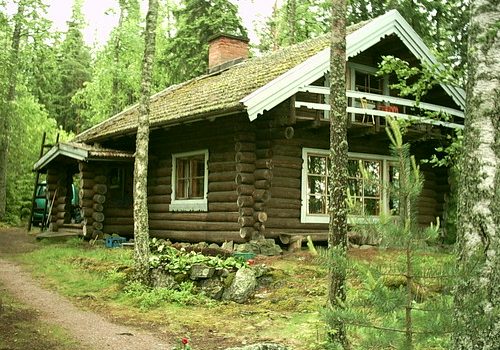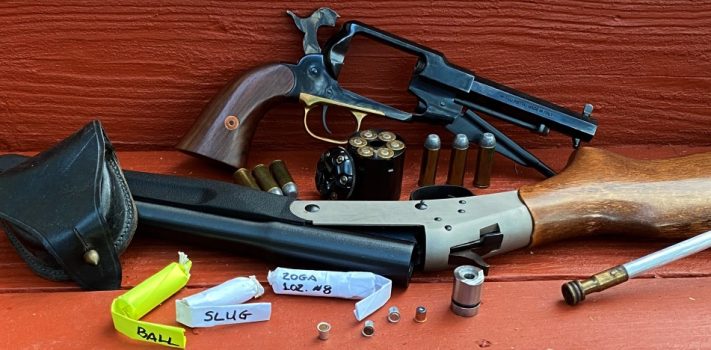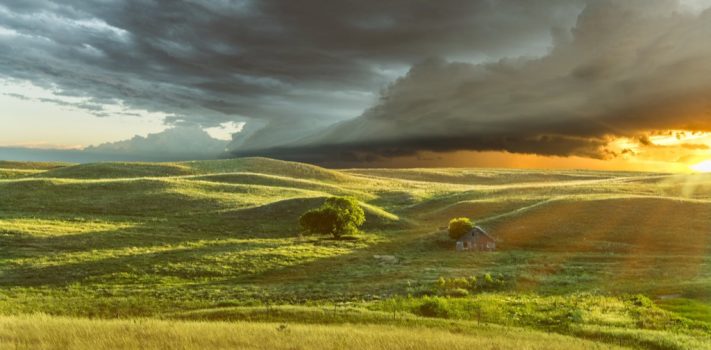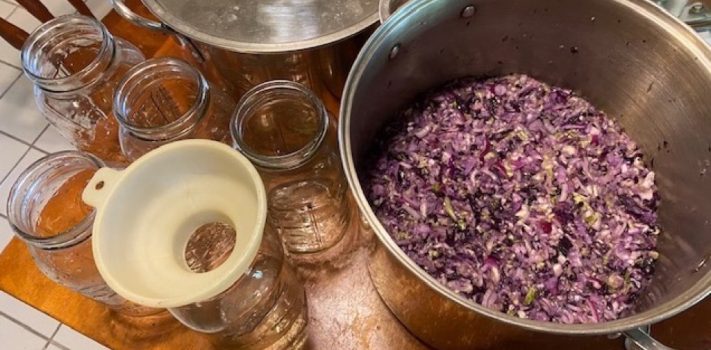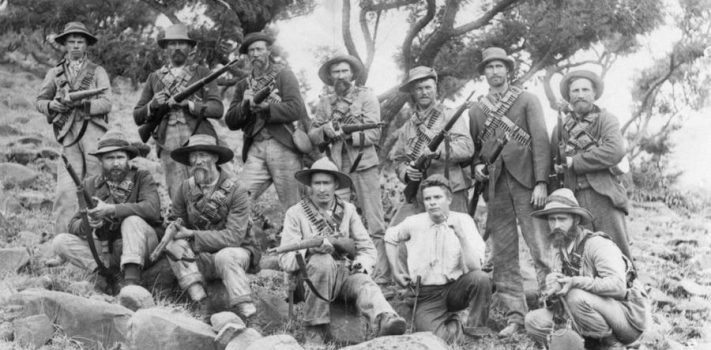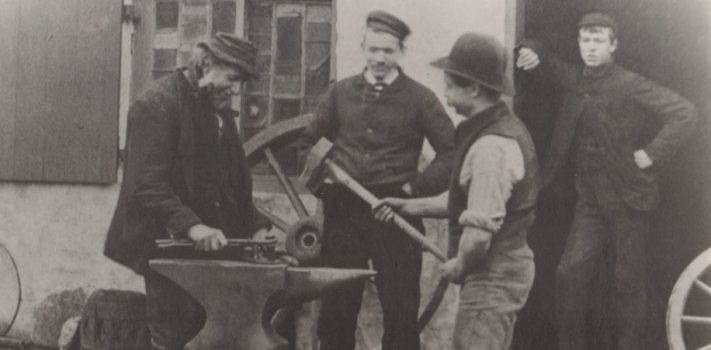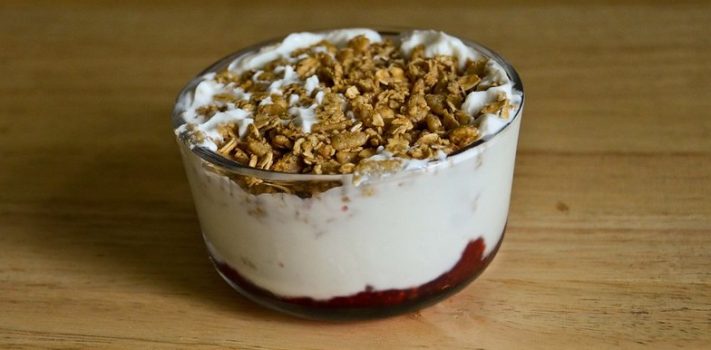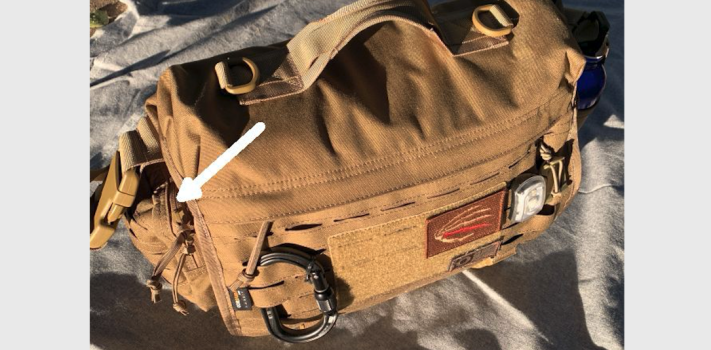Update: A Home-Based Business — Your Ticket to The Boonies
JWR’s Introductory Note: This article is an update and substantial expansion to a piece that I wrote back in December of 2005. — The majority of SurvivalBlog readers that I talk and correspond with tell me that they live in cities or suburbs, but they would like to live full-time at a retreat in a rural area. Their complaint is almost always the same: “…but I’m not self-employed. I can’t afford to live in the country because I can’t find work there, and the nature of my work doesn’t allow telecommuting.” They feel stuck. The recent Wu Flu pandemic proved …

